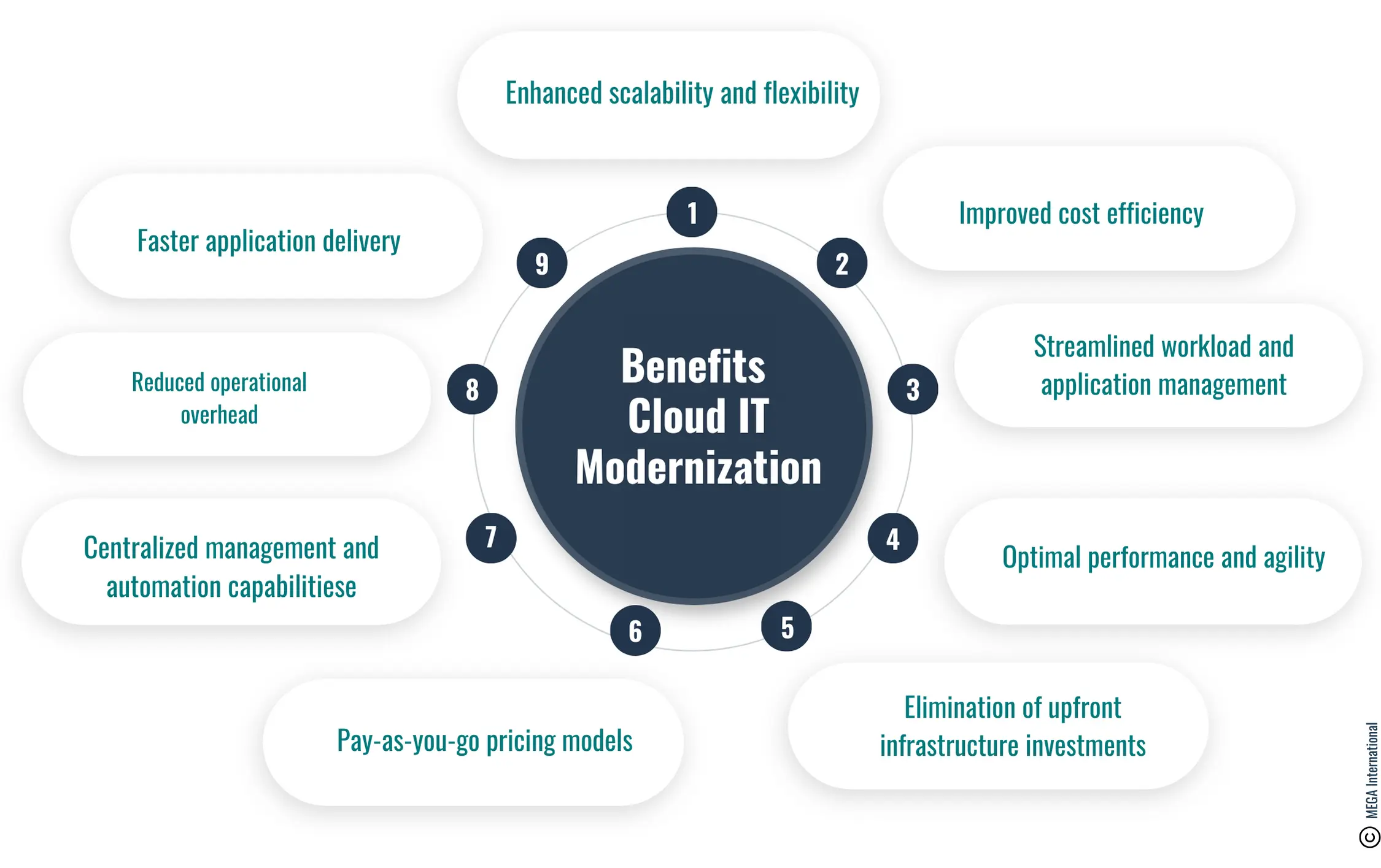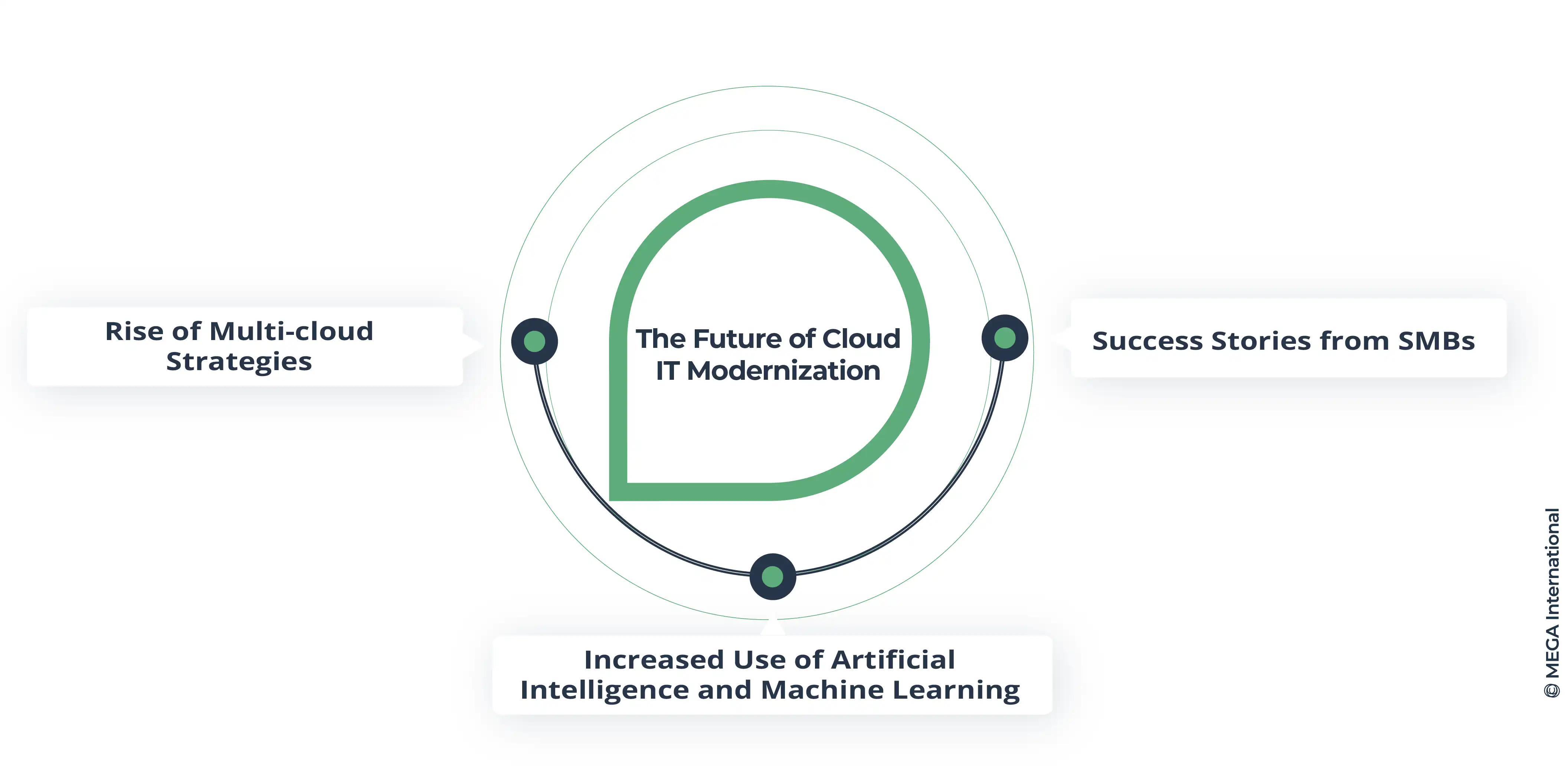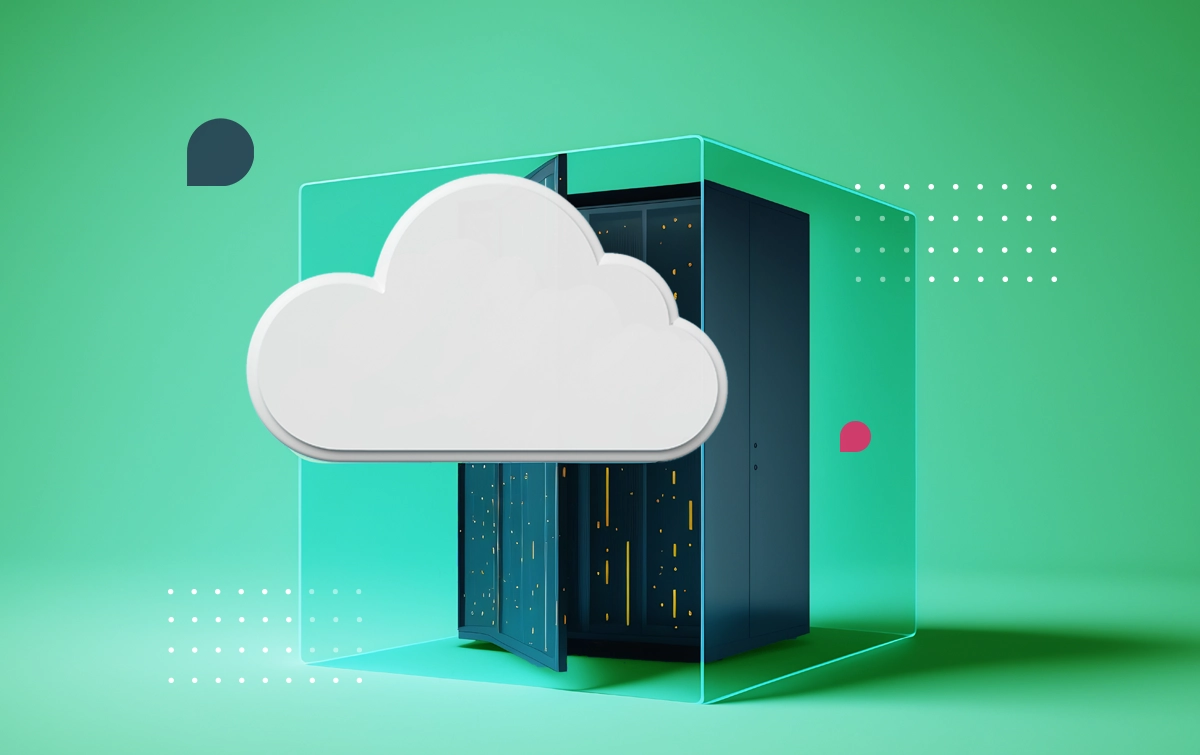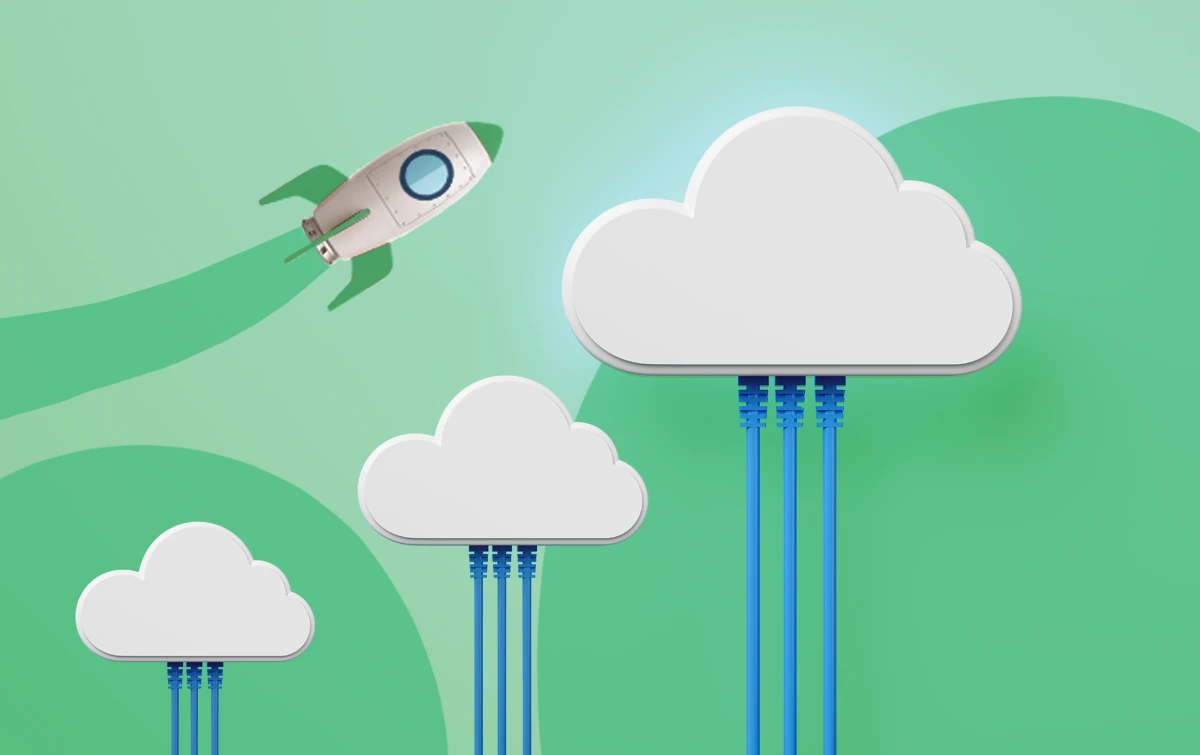
Cloud IT Modernization: Embracing the Future of Technology
Cloud IT modernization refers to the process of updating and transforming traditional IT systems into cloud-based ones. As businesses increasingly recognize the advantages of moving to the cloud, the demand for cloud IT modernization services has increased. The benefits of this modernization process are numerous and can improve efficiency, scalability, and security.
Ever felt like you're running on a treadmill, trying hard to keep pace, but somehow still lagging behind? That's how many organizations felt before embracing cloud IT modernization. In an era where agility and flexibility are paramount, clinging to outdated IT infrastructures is a recipe for stagnation.
Gone are the days when businesses relied solely on bulky on-premises servers. The dawn of cloud computing introduced a buffet of options: public, private, and hybrid clouds. Hybrid models, which combine on-premises infrastructure with cloud solutions, offer the best of both worlds.
What is Cloud IT Modernization?
Cloud IT modernization is the process of moving on-premise IT systems and workloads to cloud-based environments while adopting a cloud-native architecture and leveraging cloud services. It involves optimizing applications for the cloud, improving scalability and flexibility, and realizing cost savings through cloud adoption.
Benefits of Cloud IT Modernization
Delving deeper, the advantages of Cloud IT Modernization are manifold: 
Efficiency and Scalability
With the cloud, businesses can quickly scale up or down, ensuring resources are used efficiently.
Cost Savings in the Long Run
While initial costs might be daunting, the ROI in terms of operational savings is undeniable.
Enhanced Data Security
Thanks to advanced encryption and cybersecurity measures, cloud solutions offer robust protection.
Steps to Undertake Cloud IT Modernization
Embarking on this journey? Consider these pivotal steps:
- Assessment and Planning
Determine which parts of your IT needs modernization and formulates a comprehensive strategy. - Data Migration
Transfer data seamlessly to the cloud, ensuring no loss of crucial business information. - Application and Infrastructure Modernization
Revamp and restructure applications to make them cloud-compatible.
Common Challenges in Cloud IT Modernization
While cloud IT modernization offers numerous benefits, there are also common challenges that organizations may face during the process. One challenge is evaluating workloads for migration. It is crucial to assess which applications and systems are suitable for migration to the cloud and prioritize them based on their business value and complexity.
Another challenge is choosing the right cloud migration strategy. Organizations can opt for various migration approaches, including lift-and-shift, re-platforming, or refactoring. Each strategy has pros and cons, and selecting the most appropriate depends on time constraints, budget, and application requirements.
Why should businesses consider Cloud IT Modernization?
Cloud IT modernization enables businesses to achieve enhanced scalability and flexibility. Resources can be easily scaled up or down in a cloud environment based on demand. This elasticity allows organizations to handle peak workloads efficiently and optimize resource utilization, ultimately leading to better business outcomes.
Improved Cost Efficiency
One significant advantage of cloud IT modernization is improved to cost efficiency. By migrating to the cloud, businesses can eliminate the need for upfront infrastructure investments and reduce operational costs. Cloud service providers offer pay-as-you-go pricing models, enabling organizations to pay only for the resources they use. This cost optimization allows businesses to allocate their IT budgets more effectively and invest in other critical areas.
Streamlined Workload and Application Management
Cloud IT modernization streamlines workload and application management processes. Cloud platforms provide centralized management tools and automation capabilities, simplifying application deployment, monitoring, and updating. This automation reduces the operational overhead and enables faster application delivery, allowing businesses to respond quickly to changing market demands.
What is involved in the Cloud Migration Process?
The cloud migration process begins with evaluating workloads for migration. Identifying which applications and systems are suitable for migration to the cloud is essential. Factors such as business value, performance requirements, data sensitivity, and security considerations should be considered during this evaluation phase.
Choosing the Right Cloud Migration Strategy
After evaluating workloads, organizations need to choose the most appropriate cloud migration strategy. The lift-and-shift strategy involves moving applications to the cloud without significant modifications. Re-platforming involves making minor application changes to optimize them for the cloud environment. Refactoring, on the other hand, requires significant code changes to leverage cloud-native capabilities fully.
Migrating On-Premise Applications to the Cloud
The next step in the cloud migration process is migrating on-premise applications to the cloud. This involves provisioning the necessary cloud resources, transferring data, and configuring the migrated applications to ensure they run seamlessly in the cloud environment. The migration process requires effective planning, testing, and monitoring to minimize downtime and ensure a successful transition.
Cloud IT Modernization vs Traditional On-Premise Systems
Benefits of Cloud-Native Architecture
Cloud-native architecture offers several advantages over traditional on-premise systems. It enables organizations to build highly scalable, resilient, and agile applications. The cloud-native approach leverages technologies such as containerization and orchestration to enable efficient application deployment and management. This architecture allows businesses to respond quickly to changing market demands and scale resources as needed.
Comparing Compute Capabilities in Cloud vs On-Premise
Cloud platforms provide superior computing capabilities compared to on-premise systems. Organizations can quickly provision virtual machines in the cloud or utilize serverless computing services to run applications. This scalability and flexibility allow businesses to handle workloads of any size and scale resources up or down based on demand. On-premises systems often require significant upfront investments in hardware and need more agility and cost efficiency of cloud computing.
The Future of Cloud IT Modernization
The future of cloud IT modernization looks promising. It was expected that by 2023, most businesses would have embraced cloud-native architectures and optimized their workloads for the cloud, and those would still need to catch up quickly.

Adopting advanced cloud technologies such as artificial intelligence and machine learning will further enhance the capabilities of cloud IT modernization. The cloud will continue to be a catalyst for digital transformation, allowing organizations to innovate, scale, and compete effectively in the ever-evolving business landscape.
READ: Cloud Automation
Hold on to your hats! The future looks promising:
- Rise of Multi-cloud Strategies
Businesses will increasingly adopt multiple cloud services to optimize their operations. - Increased Use of Artificial Intelligence and Machine Learning
Integrating AI and ML will enhance cloud solutions, making them more innovative and efficient. - Success Stories from SMBs
Smaller businesses are included. Many have adopted cloud strategies, propelling them to new heights.
Summary
Cloud IT Modernization isn't just another IT buzzword—it's a transformative strategy redefining the business landscape. By tapping into the cloud's potential, businesses can bolster efficiency, cut costs, and future-proof their operations regardless of size. As the digital era marches on, those who adapt and modernize will undoubtedly be the frontrunners in the race to success.
And Cloud IT modernization is more than a trend; it's necessary. Embracing a cloud-first approach paves the way for agility, innovation, and growth. The sky (or, should we say, the cloud) is the limit! So, are you ready to soar to new heights with cloud modernization?
FAQs
Cloud IT modernization refers to the process of transforming and migrating an organization's infrastructure and applications from on-premises systems to the cloud. It involves modernizing legacy applications and leveraging cloud-native technologies to improve agility, scalability, and cost-effectiveness.
Cloud modernization involves moving infrastructure and applications to the cloud, whereas traditional on-premises systems involve maintaining and managing servers and data centers within the organization's premises. Cloud modernization offers scalability, agility, cost savings, and access to many cloud services.
Organizations should consider cloud IT modernization for several reasons. It can enable them to scale their infrastructure based on demand, reduce capital expenditure on hardware, improve time-to-market for new applications, enhance security and compliance measures, and leverage advanced cloud-native technologies for innovation.
Application modernization refers to updating and transforming legacy applications to make them cloud-native and optimized for the cloud environment. It may involve rearchitecting, refactoring, or rewriting the application code to take advantage of cloud services and technologies.
Cloud IT modernization can benefit organizations in numerous ways. It can improve operational efficiency, increase scalability and agility, reduce costs, enhance security and compliance, enable faster deployment of new features, and foster innovation by adopting cloud-native technologies.
Organizations can consider cloud providers such as Amazon Web Services (AWS), Google Cloud, and Microsoft Azure for their cloud modernization efforts. These providers offer many cloud services and tools to support modernization initiatives.
A successful cloud modernization strategy involves careful planning and execution. It includes identifying the suitable applications and workloads to migrate to the cloud, selecting the appropriate cloud provider and services, ensuring compatibility and data integration, securing the cloud infrastructure, and effectively managing the cloud environment.
Organizations can optimize their applications for the cloud by adopting cloud-native architectures and technologies. This may involve using containers, microservices, serverless computing, and leveraging managed services provided by the cloud provider. Optimizing applications for the cloud can enhance scalability, resilience, and performance.
When migrating workloads to the cloud, organizations should consider data security and privacy, compliance requirements, application dependencies, network connectivity, performance expectations, and cost implications. Planning and assessing these considerations is essential for a successful migration.
Modernizing legacy applications can be challenging due to complex codebases, legacy dependencies, and potential disruption to business operations. Organizations can mitigate these challenges by breaking down modernization into minor phases, prioritizing applications based on business value, and leveraging tools and frameworks that simplify the modernization process.


